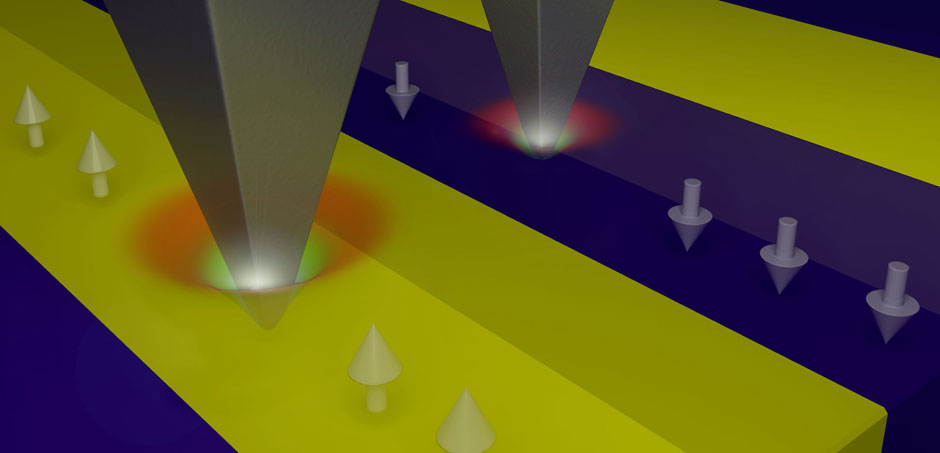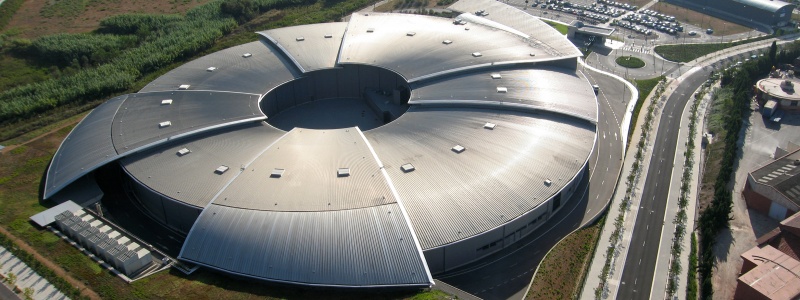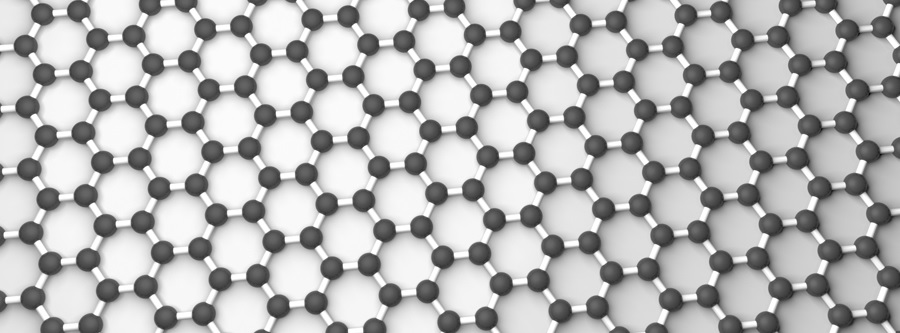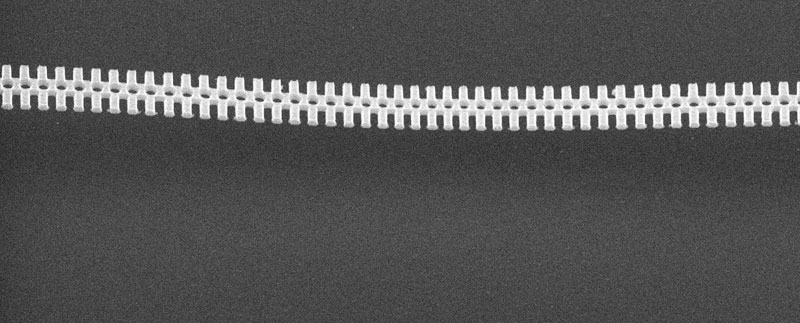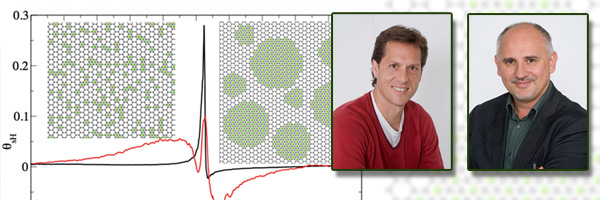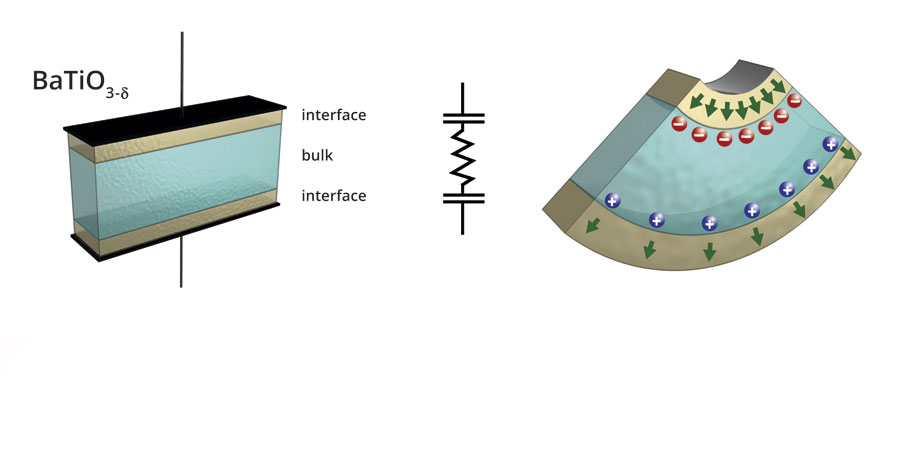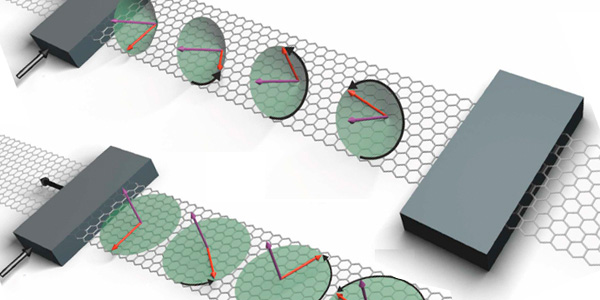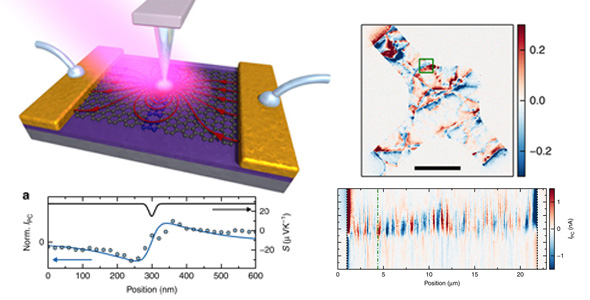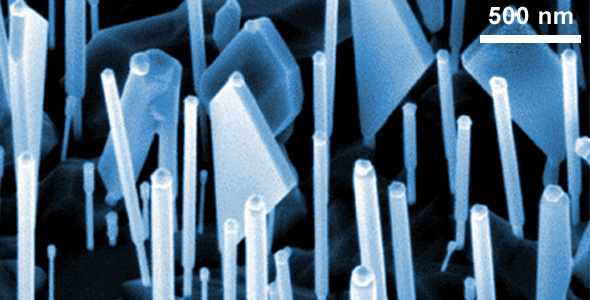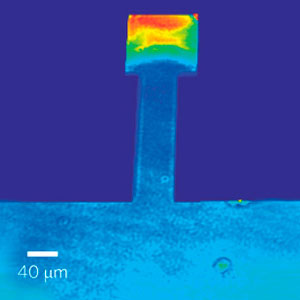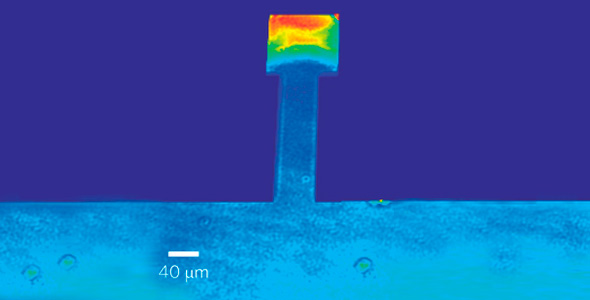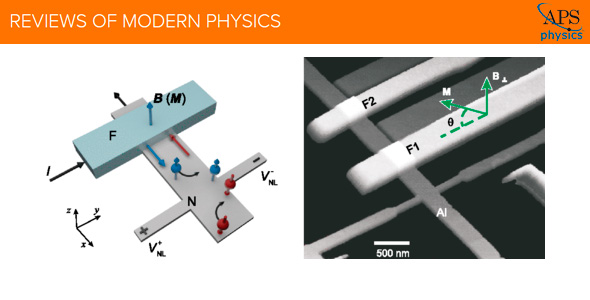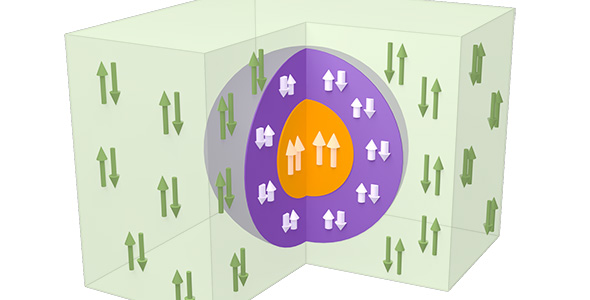Severo Ochoa Programme 2018-2022 Information and Communication Technology (ICT) NEWS
Our Partner:
https://royalreelspokies.live/ - Royal Reels Australia. Казино Вавада открывает доступ к игровой платформе через официальный сайт Vavada. Быстрая регистрация в
Вавада казино, щедрые бонусы и регулярные турниры с призовым фондом!
Tuesday, 05 December 2017
Experimentalists of the ICN2 Physics and Engineering of Nanodevices Group, led by ICREA Prof. Sergio O. Valenzuela, have found evidence that the spin-orbit coupling induced in graphene by proximity to transition metal dichalcogenides affects electron spins differently depending on their orientation. Published in Nature Physics, this work suggests new approaches to controlling the transport of spin and valley information in future spintronics devices.
Tuesday, 05 December 2017
ICN2 researchers have demonstrated that the application of a thermal gradient in spintronic devices can cause spin signal to increase as a result of a novel thermoelectric phenomenon predicted and subsequently observed in graphene. Specifically, the enhanced spin signal is two orders of magnitude larger than anything previously reported for thermal effects in metals. Published in Nature Nanotechnology, these findings push at the frontier of graphene spintronics technologies.
Thursday, 16 November 2017
Researchers of the ICN2 Theoretical and Computational Nanoscience Group, led by ICREA Prof. Stephan Roche, have published another paper on spin, this time reporting numerical simulations for spin relaxation in graphene/TMDC heterostructures. Published in Physical Review Letters, their calculations indicate a spin lifetime anisotropy that is orders of magnitude larger than anything observed in graphene until now. Here, lead author Aron Cummings explains the origin of this effect.
Thursday, 19 October 2017
There’s no way that turning a material upside down makes it any softer, right? Wrong! Through the combined effect of two properties inherent to certain types of crystal, flexoelectricity and piezoelectricity, researchers at the ICN2 led by ICREA Prof. Gustau Catalán have found that polar materials can be made more or less resistant to dents when they are turned upside down… or when a voltage is applied to switch their polarisation. Published this week in Advanced Materials, this research points to the future development of “smart mechanical materials” for use in smart coatings and ferroelectric memories.
Wednesday, 27 September 2017
A team of researchers from ALBA and the ICN2 have developed novel graphene-based antiferromagnetic multilayer structures featuring robust magnetic properties. These results, published in Nature Communications, demonstrate that single-layer graphene spaced magnetic thin film structures present perpendicular antiferromagnetic coupling together with a number of properties that are well suited for applications.
Tuesday, 01 August 2017
This month scientists of the ICN2 Theoretical and Computational Nanoscience Group, led by ICREA Prof. Stephan Roche, have published a paper in NanoLetters shedding light on previously-unexplained results observed in experiments to detect and quantify the spin Hall effect in graphene-based heterostructures.
Wednesday, 19 July 2017
Currently some 40% of the electrical energy used by computers is dissipated as heat. The ICN2’s Theory and Simulation Group, led by CSIC Research Prof. and ICN2 Director Pablo Ordejón, and Prof. Josep Nogués of the Magnetic Nanostructures Group have lent their expertise to a project led by the Universitat Autònoma de Barcelona to develop and understand the properties of a new nanomaterial to address this efficiency issue.
Tuesday, 18 April 2017
Researchers from ICN2's Phononic and Photonic Nanostructures (P2N) Group published a study showing how the complex dynamics, including chaos, of optical nonlinearities can be controlled using optomechanical crystals and changing the parameters of the excitation laser. This discovery could allow information to be coded by introducing chaos into the light that carries it.
Thursday, 10 November 2016
ICREA Prof. Stephan Roche and ICREA Prof. Sergio Valenzuela, Group Leaders at ICN2, in collaboration with researchers from Delaware University and CEA have recently published an article in Physical Review Letters. They question the interpretation of large values from the Spin Hall effect (SHE) signals, reported experimentally in chemically decorated graphene. Further, they propose new device geometry to suppress background contributions on the non-local resistance to access the upper limit of SHE in two-dimensional materials.
Monday, 26 September 2016
The discovery, published today in Nature, is a significant breakthrough in solid state physics and is also potentially relevant for technology. The phenomenon, called flexoelectricity, arises from the redistribution of atoms and electrons in a material when it is bent. This redistribution of charges can be used to generate an electrical current. It was already known that insulating materials can be flexoelectric. The surprise discovery is that semiconductors can also be flexoelectric, and moreover they can generate far more electricity than insulators.
Tuesday, 10 May 2016
An article published today in Nature Communications presents a new method to determine the spin lifetime anisotropy of spin-polarized carriers in graphene using oblique spin precession. The work, led by ICREA research Prof Sergio O Valenzuela, Group Leader of the ICN2 Physics and Engineering Of Nanodevices Group, demonstrates spin-lifetime anisotropy measurements in graphene and discusses them in light of current theoretical knowledge.
Thursday, 10 March 2016
Spin manipulation is one of the most critical challenges to realize spin-based logic devices and spintronic circuits. ICN2 researchers Dinh Van Tuan and ICREA Research Professor Stephan Roche, from the Theoretical and Computational Nanoscience group reveal that certain impurities such as fluorine ad-atoms could result in a remarkable variability of spin transport characteristics in graphene, as published recently in Physical Review Letters.
Friday, 26 February 2016
A recent paper in Nature Communications reports a simple and robust technology using non-invasive opto-electronic nanoscopy to probe locally both the optical and electronic properties of graphene devices. The work results from an international collaboration led by ICFO, with ICN2 participating to the theoretical interpretation of the experiments.
Tuesday, 23 February 2016
ICN2 researchers Aron W. Cummings and ICREA professor Stephan Roche, from the Theoretical and Computational Nanoscience group report new insights on spin lifetime in ballistic spin-orbit materials. Their results have just been published in Physical Review Letters.
Monday, 08 February 2016
An international collaboration presents in Nano Letters a platform for realizing new device and physics experiments with a strong interplay between electronic and spin degrees of freedom. The ICREA research Prof Jordi Arbiol, ICN2 Group Leader, is among its corresponding authors.
Monday, 23 November 2015
“Moore’s law” approaches its limit. The idea of producing the world’s first integrated flexoelectric microelectromechanical system (MEMS) on silicon was published week in Nature Nanotechnology and gained a big attention. The international work was led by researchers from the ICN2 Oxide Nanoelectronics Group.
Thursday, 19 November 2015
“Moore’s law”, according to which chip performance would double approximately every two years, approaches its limit: soon it would be impossible to produce smaller transistors. A new quest, nick-named “more than Moore”, aims to add new functionalities within each chip by integrating smart materials on top of their silicon base. Researchers from the ICN2 Oxide Nanoelectronics Group led an international collaboration which has produced the world’s first integrated flexoelectric microelectromechanical system (MEMS) on silicon. Their results have been published this week in Nature Nanotechnology.
Monday, 16 November 2015
ICREA Prof Sergio O. Valenzuela, Group Leader at ICN2, is among the 5 authors of a review article highlighted on the cover of the journal Reviews of Modern Physics. The article offers a pedagogical overview of the Spin Hall effect, both from a theoretical and from an experimental perspective.
Thursday, 27 August 2015
A work published in Physical Review Letters, with ICREA Prof Josep Nogués, Group Leader at ICN2, as its last author, explains how an Antiferromagnetic Proximity Effect makes the Magnetic Stabilization possible above 400 K (126.85 degrees Celsius). This achievement might have crucial implications for ultrahigh density recording among other applications.
Monday, 08 June 2015
In a new article published in Nano Letters, ICN2 researchers led by ICREA Prof Sergio O. Valenzuela have investigated hot carrier propagation across graphene using an electrical nonlocal injection/detection method. The results create new opportunities for nanoscale bolometry and calorimetry and could have a strong impact in the performance of conventional graphene devices.





